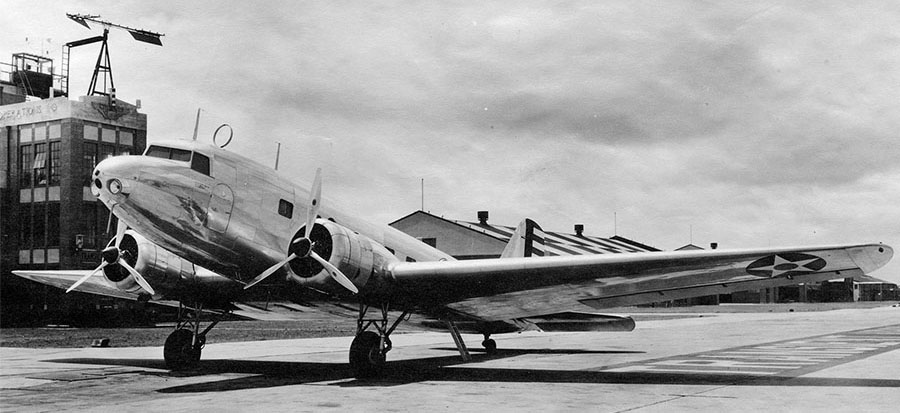Go to Eternal Lies: The Alexandrian Remix
ADRIFT IN A STORM-TOSSED SKY
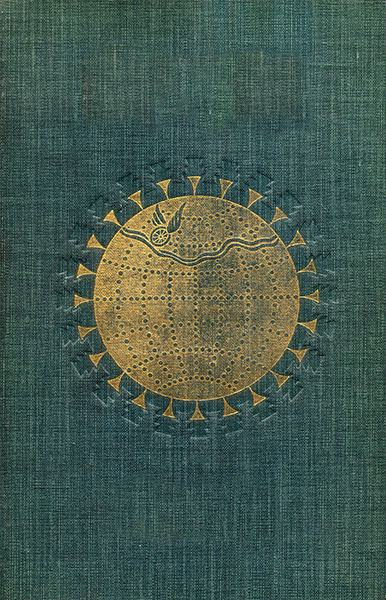
A quaint, pocket-sized volume of poetry written in the 19th century by some metaphorical outcast of the Brontë housefhold named Candace Hawthorne. The vast, sweeping vistas of the Scottish heaths form a faint patina of mildly amusing poetic imagery varnishing vague, groping lurches of romantic languishment.
But there is something distinctly unsettling in leafing through these competent irrelevancies, and as one reads the poems there develops an unmistakable sense of the work’s central imagery. And regardless of the order in which the poems are read, this imagery becomes inexorably clearer: Of the night sky being a completely malleable entity. That the stars we see each night are radically “repainted across that tapestry” although we believe them constant. That the only constancy is the searing, sucking, and all-consuming depth of midnight black which seeks to swallow those “dancing motes” in their “chaos waltz”.
ADRIFT IN A STORM-TOSSED SKY
(reader has Cthulhu Mythos 3+)

A quaint, pocket-sized volume of poetry written in the 19th century by some metaphorical outcast of the Brontë housefhold named Candace Hawthorne. The vast, sweeping vistas of the Scottish heaths form a faint patina of mildly amusing poetic imagery varnishing vague, groping lurches of romantic languishment.
But there is something distinctly unsettling in leafing through these competent irrelevancies, and as one reads the poems there develops an unmistakable sense of the work’s central imagery. And regardless of the order in which the poems are read, this imagery becomes inexorably clearer: Of the night sky being a completely malleable entity. That the stars we see each night are radically “repainted across that tapestry” although we believe them constant. That the only constancy is the searing, sucking, and all-consuming depth of midnight black which seeks to swallow those “dancing motes” in their “chaos waltz”.
The cycle of the poems conceals a memetic pattern that forms the rudimentary principles of a spell to Contact Azathoth. Fortunately, the collection is incomplete. If not, one would intuit that the mere act of reading the poems in the correct order could bring the reader’s mind in contact with the laughing destruction of that dread entity. It is disturbingly unclear, however, whether the missing poems were never finished by Hawthorne or if they have simply been omitted from this particular collection.
BENEFITS OF SKIMMING:
- 1-point Mythos Stability test
AZATHOTH AND OTHER HORRORS
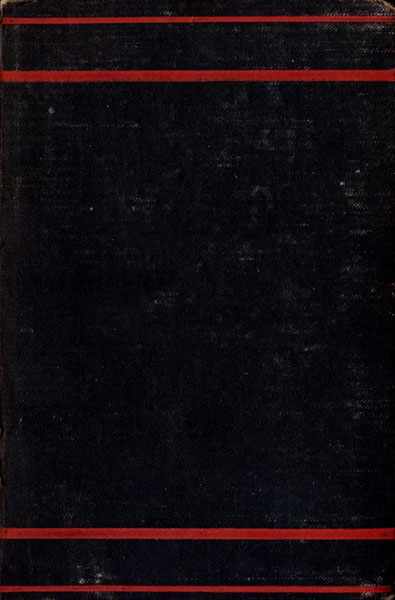
Published in 1909, this collection of Edward Pickman Derby’s nightmare-lyrics was printed by the Miskatonic University Press when he was a youth of only 18 years. The forward describes Mr. Derby as “the most phenomenal child scholar I have ever known. At seven he was writing verse of a somber, fantastic, almost morbid cast which astonished the tutors surrounding him. In the scant few years which have passed since those early gropings, he has flourished into a sensational talent.”
Included in this collection are the poems “Azathoth” (which occupies fully half the book), “Nemesis Rising”, “Charnel House”, “Dead But Not Gone”, and “Medusa’s Kiss”, among others. These works draw heavily upon the local legendry of Arkham, Massachusetts, and combine startling insights with verse of surprising power.
This particular copy has been annotated with extensive marginalia in a cramped hand. These notes draw copious comparisons between Derby’s work and Justin Geoffrey’s The People of the Monolith, alleging that there was a close correspondence between Derby and that notorious Baudelairean poet. The scholarship seems half-crazed, but through a composite of the two poets’ imagery it creates a strong correlation between the omni-present “gaze of the blind idiot” from Derby’s “Azathoth”, the “skipping ebon stones” that “dance across the skim-skein haze” of reality, and the “mastodonic horror” of Geoffrey. One facet of the “compound gaze” is fixed upon the “land beyond the stone” and some solace could be taken from that “plenipotent distance” if a “ladder of faith” had not been built between that land and this.
BENEFITS OF PORING OVER
- 1 dedicated pool point for Sense Trouble in Arkham
- Cthulhu Mythos +1 if you already have a Cthulhu Mythos rating (no effect if you do not)
THE BROKEN OUROBORUS OF AHTU
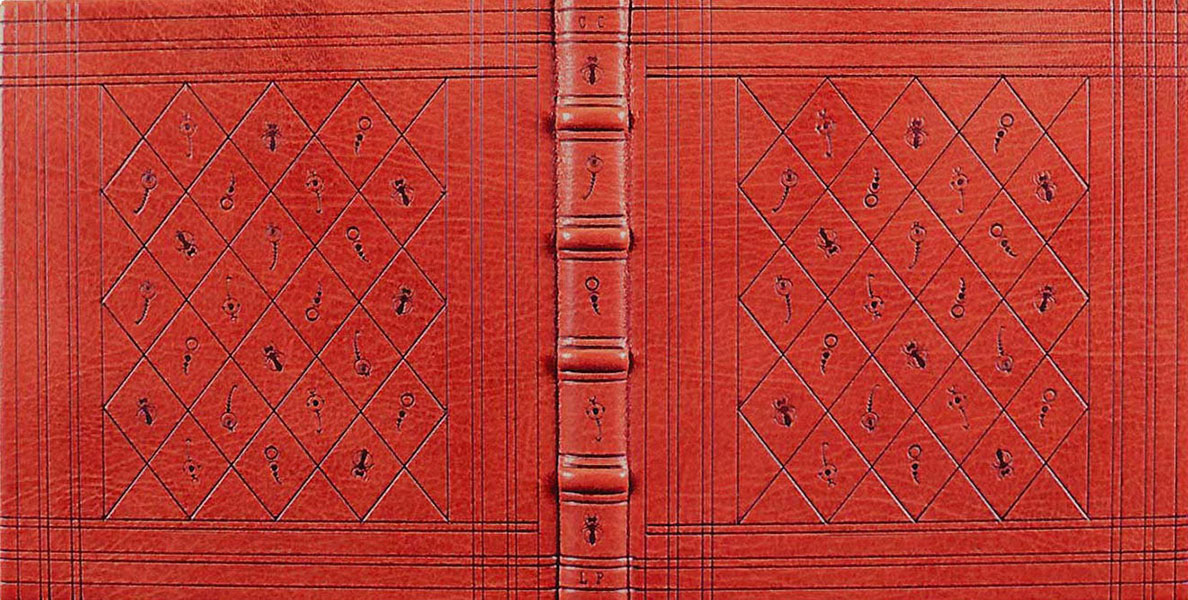
Although not as well known as The Cancer of the Congo – the lurid, pulp-retelling of Dame Alice Kilrea’s explorations in the Congo Free State from 1895-1909 – The Broken Ouroborus of Ahtu is an infinitely more useful volume for any serious scholar. Written by Dame Alice herself, it possesses a curiously dry and formal tone which in no way alleviates the terrifying horrors inflicted upon the indigenous population during King Leopold II’s brutal plundering of natural resources.
In 1895, she journeyed in the heart of the Congo in response to her belief that the “crawling chaos” which had been “eating at the heart of Europe” was manifesting under the jungle canopy. She describes her belief that this “infinite darkness, born from the collective subconscious of humanity or perhaps spewed down upon it from the stars above” sought nothing more than to “permeate our world like mold through a loaf of bread, until the very planet becomes a ball of viscid slime hurtling around the sun and stretching tentacles towards Mars.” Her worst fears were, apparently, confirmed when she encountered a depraved cult of individuals mutilated by Belgium atrocities who had taken up the pagan worship of an entity they referred to as Ahtu: “Those without eyes could see Ahtu. Those without ears were called by him. Those without hands were guided by his touch.”
She describes the cultists succeeding in manifesting Ahtu: “Pulsing, rising, higher already than the giants of the forest ringing it, the fifty-foot-thick column of what had been earth dominated that night. From the base of the main neck had sprouted a ring of tendrils, ruddy and golden and glittering all over with inclusions of quartz.”
Dame Alice spends the next fifteen years of her life hunting down the “cancer of the golden wyrm” throughout the Congo. Ahtu, which she describes as “but one mask of the crawling chaos”, consistently manifests itself as some form of gelatinous mass extruding golden tentacles and worshipped by the disparate Cult of the Spiraling Worm. Her explorations eventually lead her to Nyhargo, the “basalt-towered city” which she describes as “predating Eve herself”. There she found that a new kingdom of necromancy and cannibalism had sprung up within the ruins. Although she managed to thwart the rituals being carried out there, she seems to take small comfort from that fact. “Surgeons do not kill cancers. They cut out what they can find, knowing that there is always a little left to grow and spread again… My time in the Congo has come to an end, but I fear that the work there will need to be taken up again before the stars have shifted far in the sky.”
The ultimate fate of the two-parted golden bracelet that Dame Alice claimed from the cult is vague and uncertain.
BENEFITS OF PORING OVER
- Cthulhu Mythos +1
- 2 dedicated pool points for Occult or Cthulhu Mythos associated with Nyarlathotep
- Gain the ability to cast the Nyhargo Dirge, a spell translated from the Nyhargo Codex, a volume which Dame Alice describes as being transcribed from charcoal rubbings taken by Lord Waite from the monolithic ruins of Nyhargo.
NYHARGO DIRGE
By chanting the dirge and breaking the neck of a live bird, the caster destroys the “unlife” of a Mythos power. This causes the collapse and rapid decay of creatures such as zombies. For each round that they continue the chant (up to 5 rounds), the target loses 2 Health. (The chant can continue beyond 5 rounds, but this requires a fresh Stability test and cost.)
- Stability Test Difficulty: 4
- Cost: 4 Stability
- Time: Up to 5 rounds
CHILDREN OF THE NIGHT AND NAHUA LEGENDS
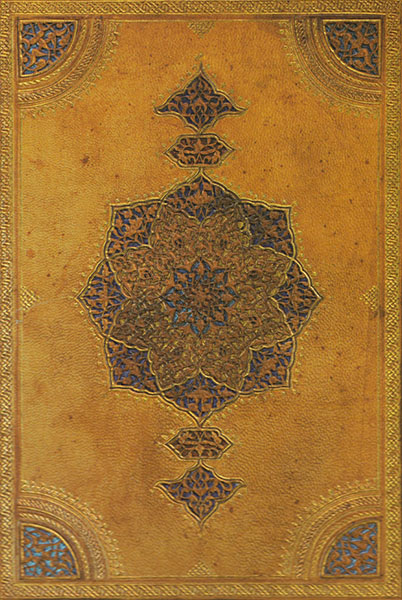
This late-19th century volume is a curious blend of archaeological surmise and mythography. The author, Rupert Mulholland, catalogues a number of curiously anachronistic sites scattered throughout the eastern portion of Central America. Each site is marked by a cluster of earthen domes, with low doorways that are uniformly sunk into the ground. From the surface, these structures are largely unremarkable, but the dwelling-places are connected by underground corridors, so that the entire village would become like an ant-bed or a system of snake holes. Mulholland also reports some evidence that other subterranean corridors might run off under the ground, perhaps emerging long distances from the village (although he was never able to find their points of exit in wider surveys).
Mulholland links these curious communities to an obscure cycle of Nahua legends concerning the “children of the night” (or, in some translations, the “children of the earth”). These mischief-makers and outlaws are often described as being somehow reptilian in character with a particularly jaundiced complexion; some accounts even going so far as to describe them as being “yellow-scaled”.
In this, Mulholland draws heavily upon Evidences of Nahua Culture in Yucatan, despite this work apparently having been widely discredited by Professor Tussman of Sussex. Mulholland insists, however, that the linguistic inconsistencies highlighted in Tussman’s work are, in fact, evidence for an unrecorded epoch of cultural invasion among the Nahua tribes and that the legends of the Children of the Night are a reflection of that lost period of Mesoamerican history.
Of particular interest, perhaps, are the vestigial myth cycles which the author traces back to the obscure Nahua tribes which migrated to the Yucatan peninsula. These refer to the Children of the Night as being “chosen by the God of the Black Stone” and also claim that they “carry the legacy of the Isle of the Gods”. They are somehow connected to a people referred to as the Xoxul (which translates roughly as “the tribe of strangers”) and Mulholland is able to clearly delineate a myth cycle in which a “jewel” or “key” (or possibly “jewel-key”) is said to have been taken from the Xoxul and hidden away somewhere in Honduras. (The author makes some effort to correlate this legendry with tales from the Pipil tribes of El Salvador, the southern-most survivors of the Nahua migrations, but it seems that any surviving myths have become thoroughly muddled by a transmigration of Mayan cultural influences.)
BENEFITS OF SKIMMING
- 2 dedicated pool points for any Investigative ability involving Nahua legends, Xoxul, or Children of the Night
COLLECTED SERMONS OF THE FLOAT’D TONGUE
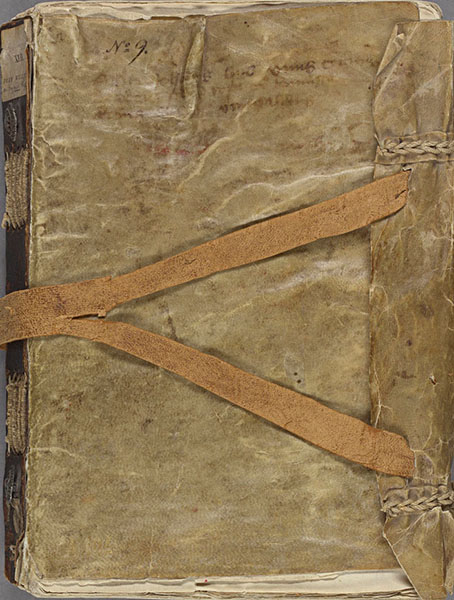
This is a handwritten volume purportedly presenting the “true words” which were spoken by the “many mouths of the Float’d Tongue”. The source of these sermons appears to have been the Misión Santa Maria de la Cabeza, located north of the Mission de Nuestra Senora de Loreto Concho, in Baja California. Starting in 1821, the mission’s padres seem to have formed some form of glossolalia cult, albeit with the curious variance that they were reputedly “speaking without tongues”. Rather, the “breath of their voice stirred the robes which fell about them”.
An initial religious fervor surrounding the incidents of glossolalia appears to have spurred a spike of local interest, which is accompanied by congratulations from the Spanish leadership for so effectively appealing to the local mestizos. Shortly thereafter, the contents of the sermons turn vulgar, and it appears that the “religious services” which accompany them could, at best, be described as orgiastic. Praises are replaced with sanctions and then with condemnations.
Despite the growing tensions with distant sources of authority, the leadership of the cult rapidly grows and appears to have even incorporated some of the indigenous people. The “sweet honey” of the “padre’s voice” is consumed by many and recorded sermons are attributed to over a dozen people.
Shortly thereafter, however, the attributions of the sermons vanish from the text. Instead, it refers only to the “Float’d Tongue”. Around this same time, the corporal punishments used to enforce the native population’s conversion to Catholicism are radically increased so that “their wounds might speak through fresh-slit lips”.
According to attached historical notes written in a much later hand, the mission was wiped out by a military action in 1825 and razed to the ground. Reputedly all official records of the mission were destroyed. There are even some radical claims that the secularization of the missions in 1826 by the Mexican government was partially predicated by the “crisis de Santa Maria”.
It is possible that members of the mission (and possibly the cult as well) escaped its destruction via secret, underground tunnels which had been built beneath the iglesias. That could explain the survival of this volume, assuming that it isn’t simply an elaborate hoax.
BENEFITS OF SKIMMING
- 2-point Mythos Stability test (also applied each time the dedicated pool is used)
- 2 dedicated pool points for any Investigative ability involving the Mouths (can be used multiple times per adventure)
BENEFITS OF PORING OVER
- Cthulhu Mythos +1
Go to Books of the Los Angeles Cult – Echavarria’s Library (Part 2)

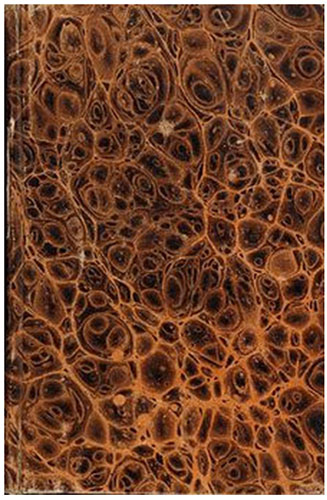
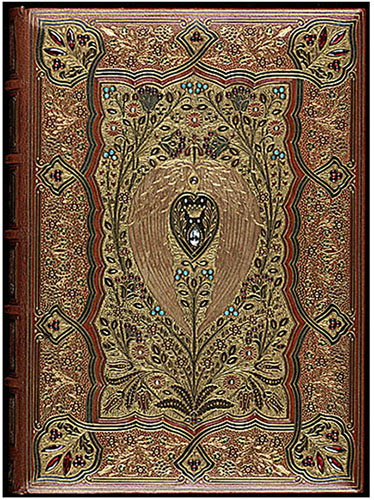
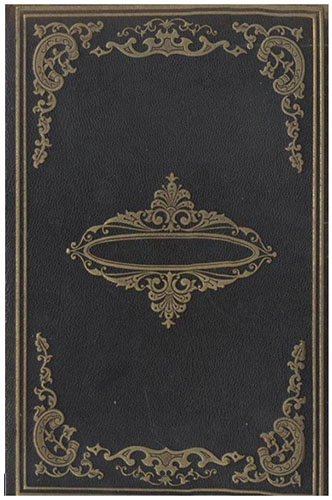
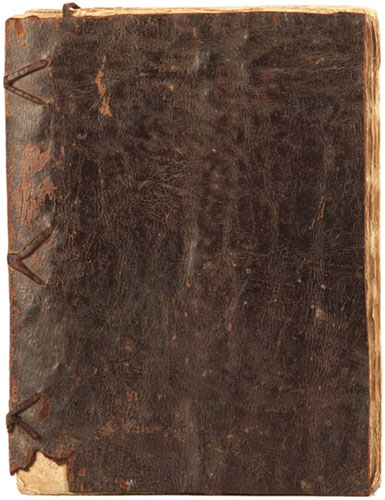
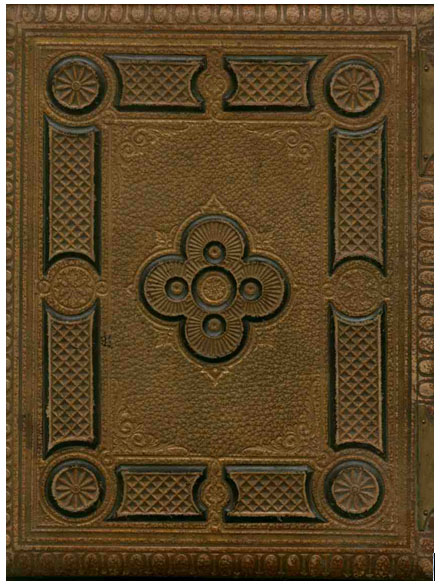
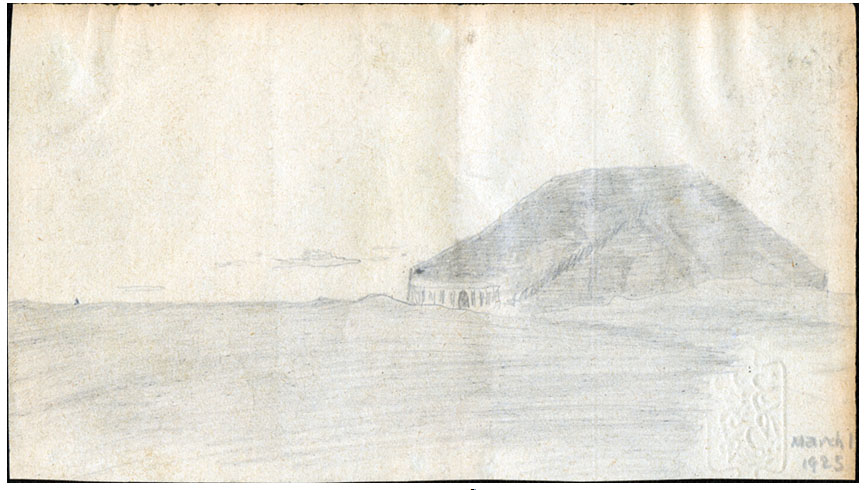
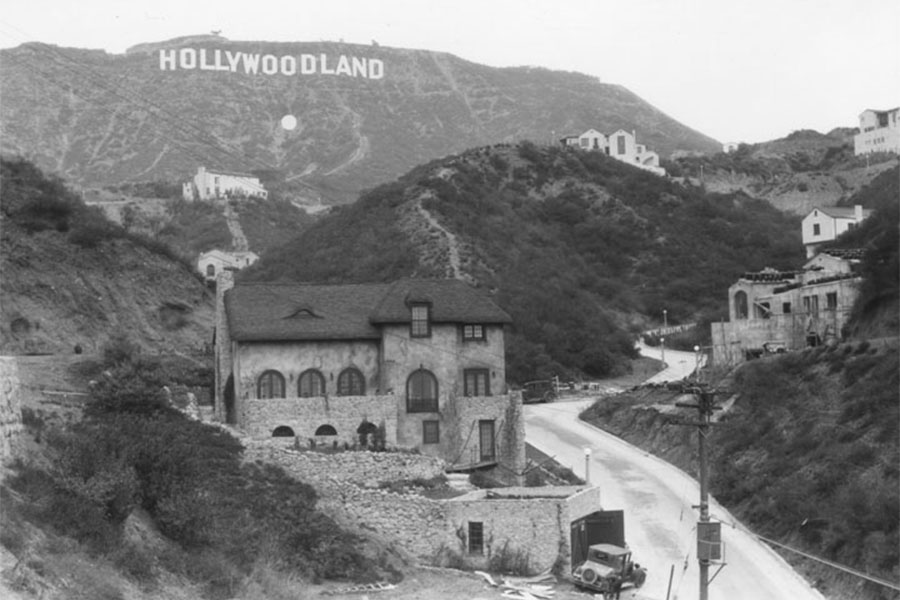

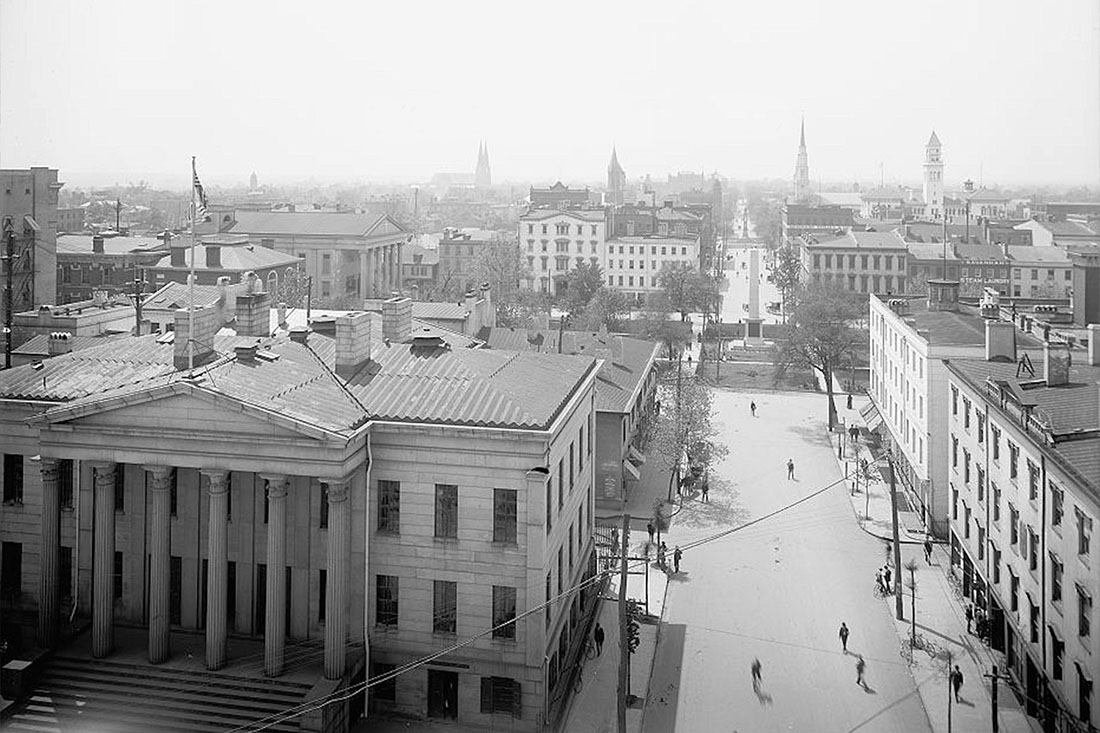
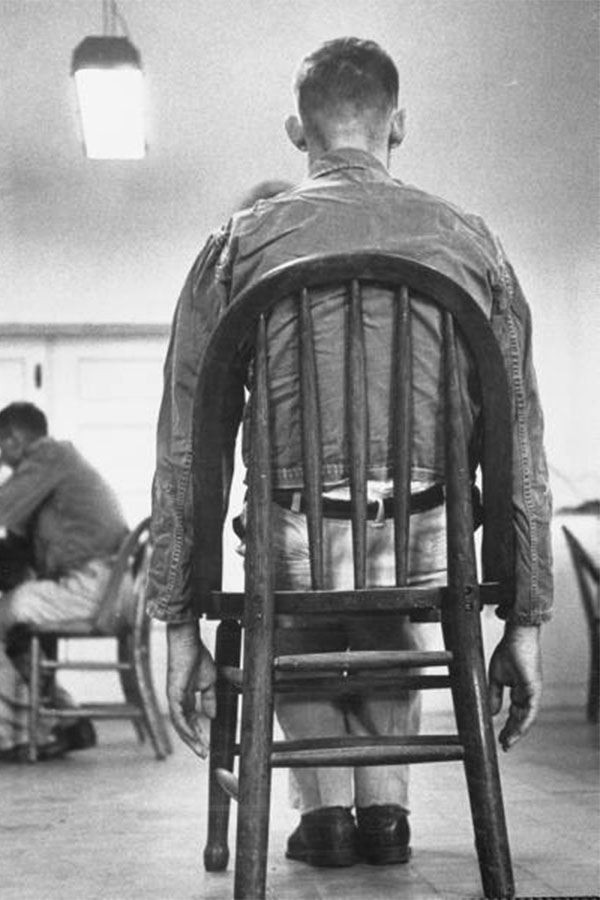 location, the location is indicated. For example, the revelation list for Joy Grove Sanitarium reads:
location, the location is indicated. For example, the revelation list for Joy Grove Sanitarium reads: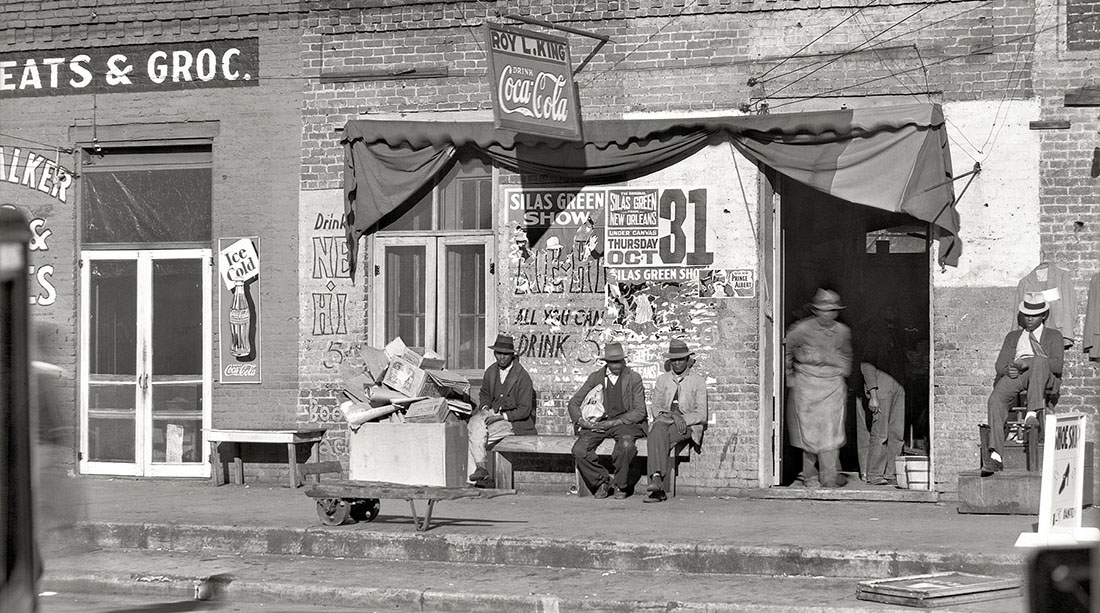
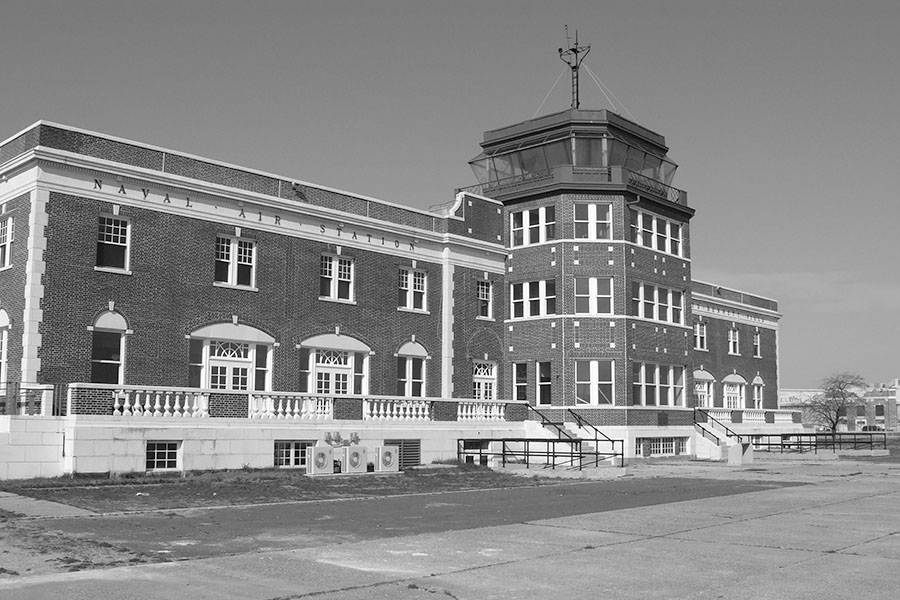
 Character Portrait: Most of these NPCs have a photograph associated with them. It’s reproduced in miniature on the briefing sheet for the GM’s reference (and to make it easy to find the corresponding photographic prop to hand to the players).
Character Portrait: Most of these NPCs have a photograph associated with them. It’s reproduced in miniature on the briefing sheet for the GM’s reference (and to make it easy to find the corresponding photographic prop to hand to the players).